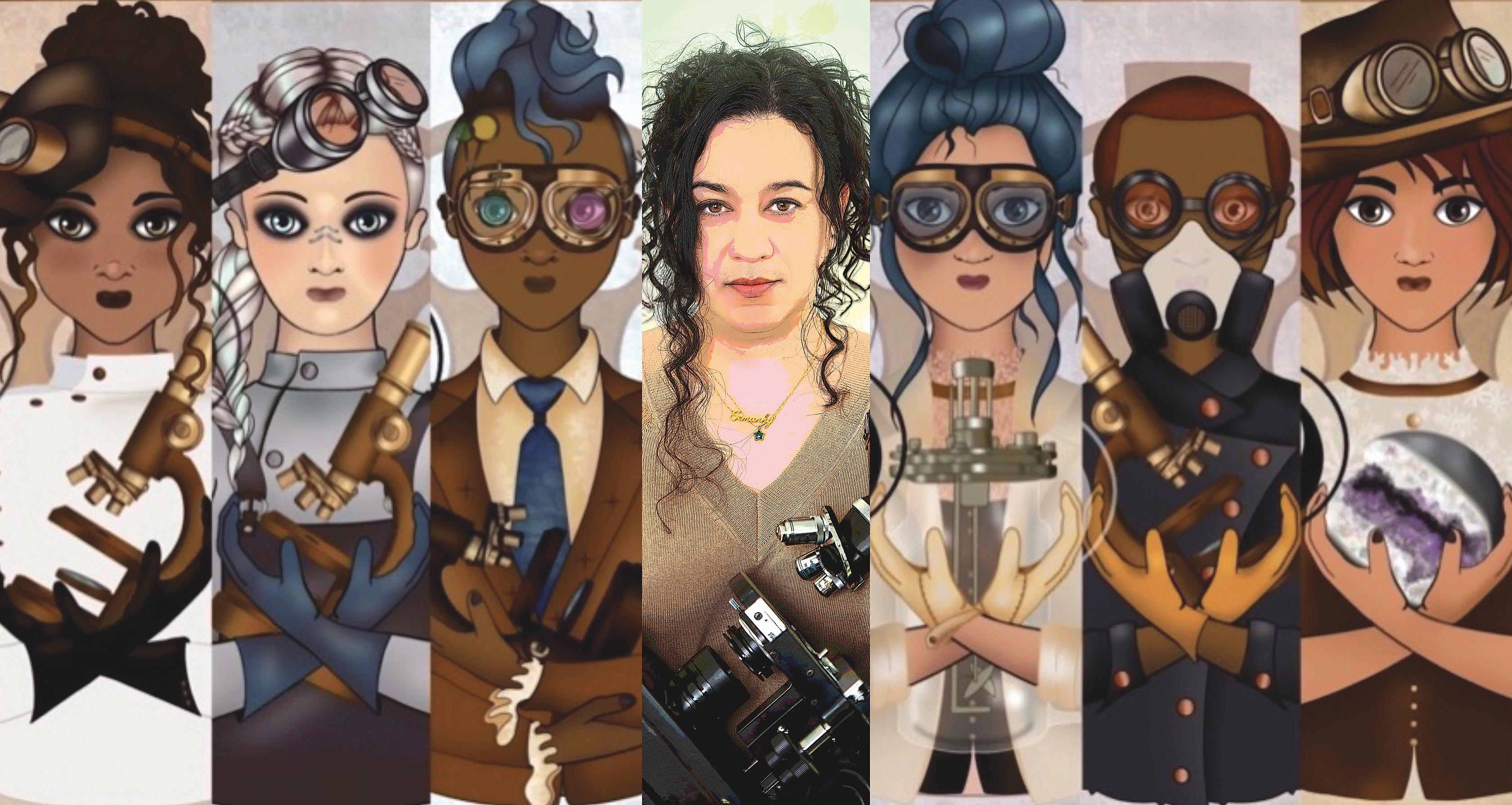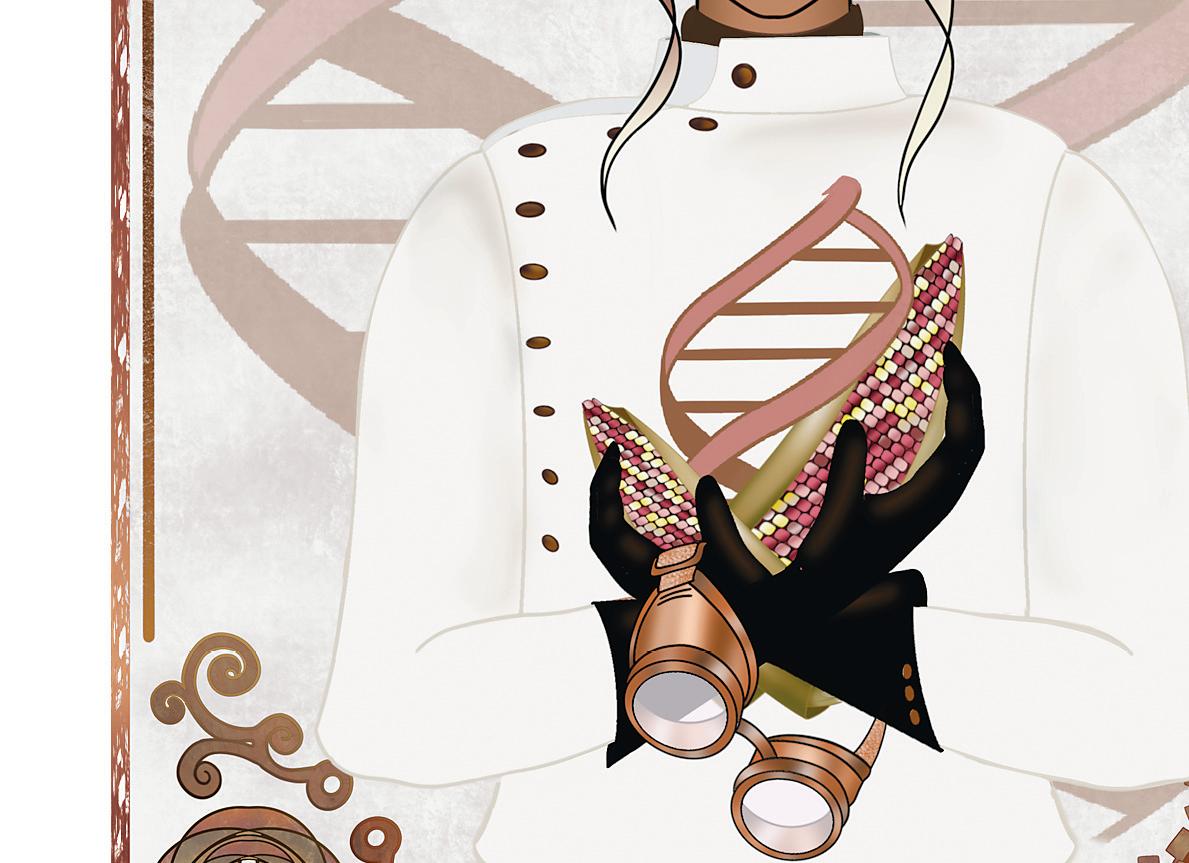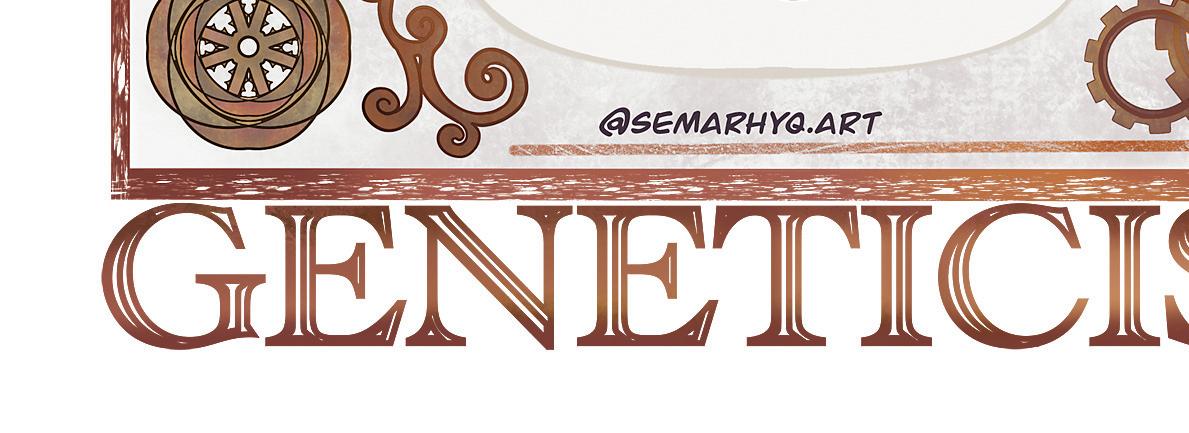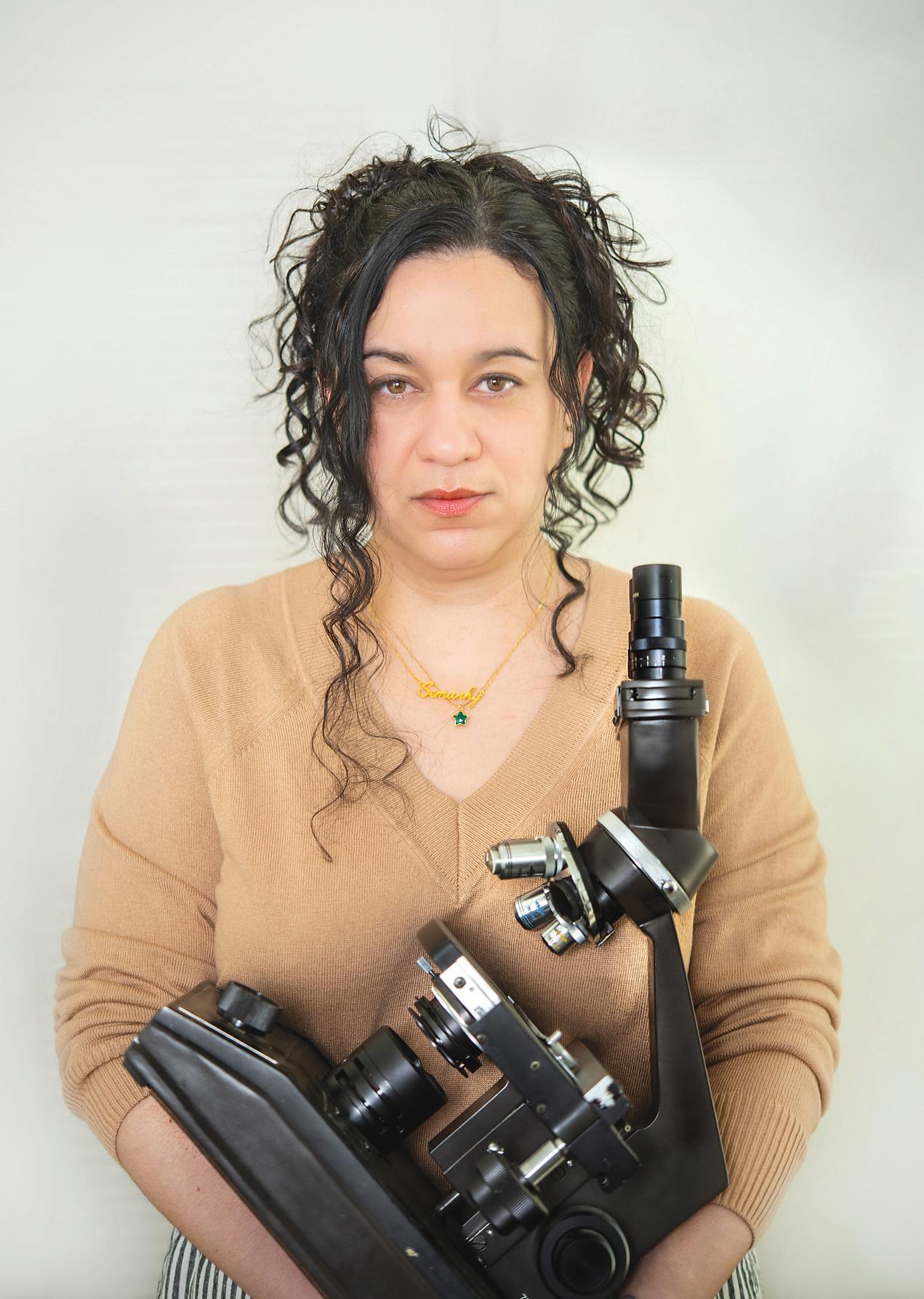
3 minute read
Open Studio
SCIENTIST-ARTIST PORTRAYS WOMEN OF COLOR IN STEM
As she lists her proudest achievement, Semarhy Quiñones-Soto doesn’t mention her Ph.D. in microbiology or her published coloring book depicting diverse women in science, tech, engineering and math. She doesn’t even cite her job as a biological sciences lecturer at Sacramento State.
Instead, she returns to when she was a teenager and her mother allowed her into a lab at the University of Puerto Rico and let the youngster
JL
By Jessica Laskey Open Studio
clean the autoclave—an expensive sterilization machine.
There’s no doubt that spending time in her parents’ labs as a child infl uenced Quiñones-Soto’s career path. But she notes her brother grew up in the same home and pursued a creative career.
Quiñones-Soto has bridged the two: She’s a respected bacterial geneticist who earned her doctorate studying the origin of mutations under stressful conditions, and she’s an artist who uses digital illustrations to celebrate women of color in STEM. Her self-published coloring book, “Types of Scientists: A Coloring Book for All Ages,” has sold more than 1,100 copies on Amazon.
“I made the book with the intention to increase visibility of women of color as STEM professionals,” says Quiñones-Soto, whose book








includes beautiful drawings and information about different types of scientists.
“I hope this information helps younger adults or undergrads who are still exploring. When I taught a freshman seminar a few years ago, I asked my students what their career of interest was. Twenty-four out of 25 of them wanted to go into medicine. I asked why. They said, ‘That’s what we know.’ It’s not necessarily what they want, but they don’t know that they have all these other options that could potentially be of interest.”
When Quiñones-Soto isn’t drawing or teaching, she works as associate project director for the California State University Louis Stokes Alliance for Minority Participation, which serves all 23 CSU campuses.
She also serves as research coordinator for the Stokes Alliance and the Research Initiative for Scientifi c Enhancement. She benefi tted from similar programs as an undergraduate in Puerto Rico and wants Sac State students to have the same opportunities.
The initiatives help underrepresented students obtain doctorate degrees, Quiñones-Soto explains, adding, “When I participated in those programs, they opened doors for me and prepared me to apply to graduate programs.”
Quiñones-Soto sees her artwork as another way to help underrepresented people enter the sciences. According to the National Science Foundation, Black women represent 12.2 percent of the U.S. female population but hold only 4.2 percent of doctoral degrees in science. Latinx women represent 13.7 percent of females but hold only 5.8 percent of science doctorates. Maybe a coloring book can help turn the tide.
“When I was fi rst posting the drawings online, women would say to me that they wish they’d had these as a kid, that, ‘I see myself in here,’” she says. “The message that I want to give is to let other women know that we are here as STEM workers and you can be too. It’s an affi rmation that yes, we exist and you can join us. Even though we’re not portrayed as much, we are here. And we are working.”
For information, visit semarhyquinones.com.
Jessica Laskey can be reached at jessrlaskey@gmail.com. Previous profi les can be read and shared at InsideSacramento.com. Follow us on Facebook, Twitter and Instagram: @ insidesacramento. n

Semarhy Quiñones-Soto Photo by Aniko Kiezel










